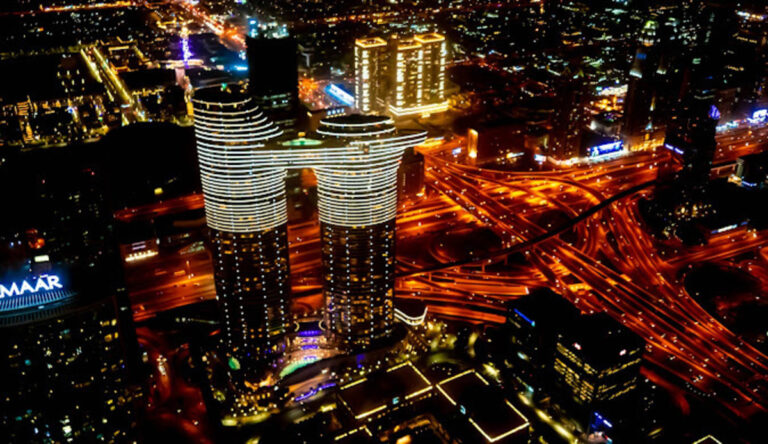🎧 Listen to This Article
Central Banking and Financial Institutions
The United Arab Emirates (UAE) established its Central Bank in 1980, centralizing monetary functions and issuing the national currency, the UAE dirham. Initially funded by equal contributions from Dubai and Abu Dhabi, the bank coordinates the country’s monetary policy and financial system.
The UAE banking sector is diverse, comprising:
- Commercial, investment, and development banks
- Foreign and domestic institutions
- A formal Bankers’ Association
In response to the 1991 collapse of Bank of Credit and Commerce International (BCCI)—which involved ownership ties to Abu Dhabi’s ruling family—the emirate launched the Abu Dhabi Free Zone Authority to develop a new financial framework. In 2000, Dubai inaugurated the Dubai Financial Market (DFM), followed by the Dubai International Financial Exchange in 2005, signaling rapid market modernization.
Islamic Finance Leadership
The UAE is a pioneer in Islamic finance, having established the world’s first commercial Islamic bank, Dubai Islamic Bank (DIB), in 1975. Grounded in Sharīʿah-compliant financial principles, the sector has seen exponential growth. Key developments include:
- 1985: Legislation introduced to formally regulate Islamic financial practices
- 2007: Dubai Financial Market becomes the first exchange globally to comply fully with Islamic finance standards
The UAE has leveraged its global business profile to attract Islamic financial institutions and investors, positioning itself as a strategic Islamic finance hub serving clients across Asia, the Middle East, and beyond.
Financial Regulation and Risks
While liberal in its financial outlook, the UAE faces scrutiny as a potential hotspot for illicit finance, including:
- Money laundering
- Terrorist financing
- Informal money transfer systems like ḥawālah, deeply rooted in regional history and cross-border trade
The government has tightened oversight in the 21st century to address these risks, pushing informal practices into the regulated financial sector. These reforms aim to align the country with global anti-money laundering (AML) standards and counter-terrorism financing (CTF) frameworks.
International Trade: Ports, Partners & Reexports
Even prior to oil discovery, Dubai was a bustling trade center—particularly known for gold smuggling routes into India. Since joining the World Trade Organization (WTO) in 1995, the UAE has developed:
- Multiple free-trade zones
- Technology parks
- Strategic deepwater ports, including Port Jebel Ali, developed in the 1980s
These developments support foreign manufacturing aimed at reexports, a major component of UAE trade.
Key Export Sectors:
- Petroleum and natural gas
Major Imports:
- Machinery and transport equipment
- Gold and precious stones
- Food products
Primary Trade Partners:
- China
- India
- Japan
- United States
A significant volume of trade involves reexports to neighboring Gulf Cooperation Council (GCC) states, reinforcing the UAE’s position as a regional trade conduit.
Summary
The UAE’s financial system blends Islamic traditions, modern infrastructure, and strategic regulation to support its position as a global commerce and investment hub. With heightened scrutiny on illicit financial activity and increased international integration, the UAE continues to evolve as a model for hybrid financial ecosystems in the Middle East.
For further details, clarification, contributions, or any concerns regarding this article, please contact us at editorial@tax.news. We value your feedback and are committed to providing accurate and timely information. Please note that our privacy policy will handle all inquiries



